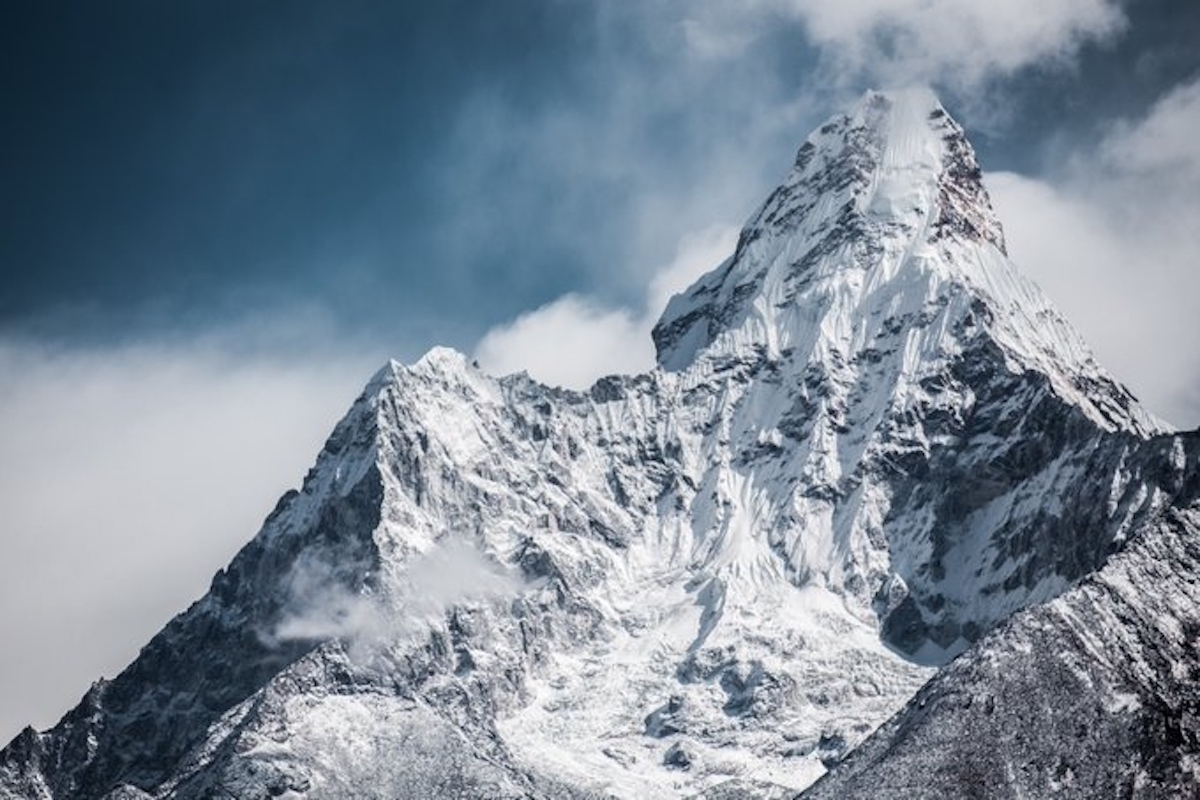India unveils maritime might with INS Surat, INS Nilgiri, INS Vagsheer on R-Day
India marked its 76th Republic Day with a grand parade down Kartavya Path, showcasing the nation's strength, self-reliance, and cultural heritage.
Nepal’s decision to increase permit fees for climbing Mount Everest signals a critical shift in its approach to managing the world’s tallest peak. While the hike in fees ~ from $11,000 to $15,000 during the peak season ~ will undoubtedly bolster Nepal’s revenues

Image: Mount Everest
Nepal’s decision to increase permit fees for climbing Mount Everest signals a critical shift in its approach to managing the world’s tallest peak. While the hike in fees ~ from $11,000 to $15,000 during the peak season ~ will undoubtedly bolster Nepal’s revenues, it also raises pressing questions about sustainability, overcrowding, and the ethics of commercialisation on one of the world’s most revered natural wonders. For Nepal, the economic stakes are significant.
Mountaineering and trekking form a crucial pillar of its economy, contributing over 4 per cent to the national GDP. The revenue generated from climbing permits supports infrastructure, local livelihoods, and development in remote regions. By raising fees for the first time in nearly a decade, the government aims to ensure a fair return on the resources and risks involved in facilitating these expeditions. However, this increase must be paired with a broader strategy to address the mounting challenges facing Everest. Overcrowding on Everest has become an alarming issue, with hundreds of permits issued annually. This influx of climbers has led to dangerous bottlenecks at critical points on the mountain, turning the summit into a high-altitude traffic jam.
Advertisement
These delays not only jeopardise lives but also exacerbate the environmental toll. Everest, often referred to as the world’s highest garbage dump, has suffered from years of mismanagement, with climbers leaving behind tons of waste and even human remains. Despite periodic clean-up drives, the scale of the problem remains daunting, with an estimated 200 bodies still scattered across the mountain. A higher permit fee could act as a deterrent for less serious climbers, potentially reducing congestion. However, it is unlikely to curb the aspirations of wealthy adventurers or commercial expedition companies. What is needed is a more comprehensive regulatory framework that caps the number of permits issued each year, ensures climbers meet stringent experience requirements, and enforces strict waste management protocols. The recent order from Nepal’s Supreme Court to respect the carrying capacity of its peaks is a step in the right direction, but its implementation remains uncertain.
Advertisement
The increased fees also raise ethical considerations. Mountaineering has long been a pursuit of passion and endurance, but the commercialisation of Everest risks turning it into a luxury experience accessible only to the elite. This exclusivity undermines the spirit of exploration and raises questions about whether Nepal’s iconic mountain is being reduced to a mere commodity. Nepal faces the dual challenge of preserving Everest’s sanctity while maximising its economic potential. The new permit fees, though necessary, must be part of a larger effort to protect the mountain’s fragile ecosystem, ensure climber safety, and honour the legacy of the countless mountaineers who have risked their lives to stand on top of the world. By balancing revenue with responsibility, Nepal can set an example for sustainable tourism on the world’s most iconic peaks. Evidence, though, suggests that may be a forlorn hope.
Advertisement